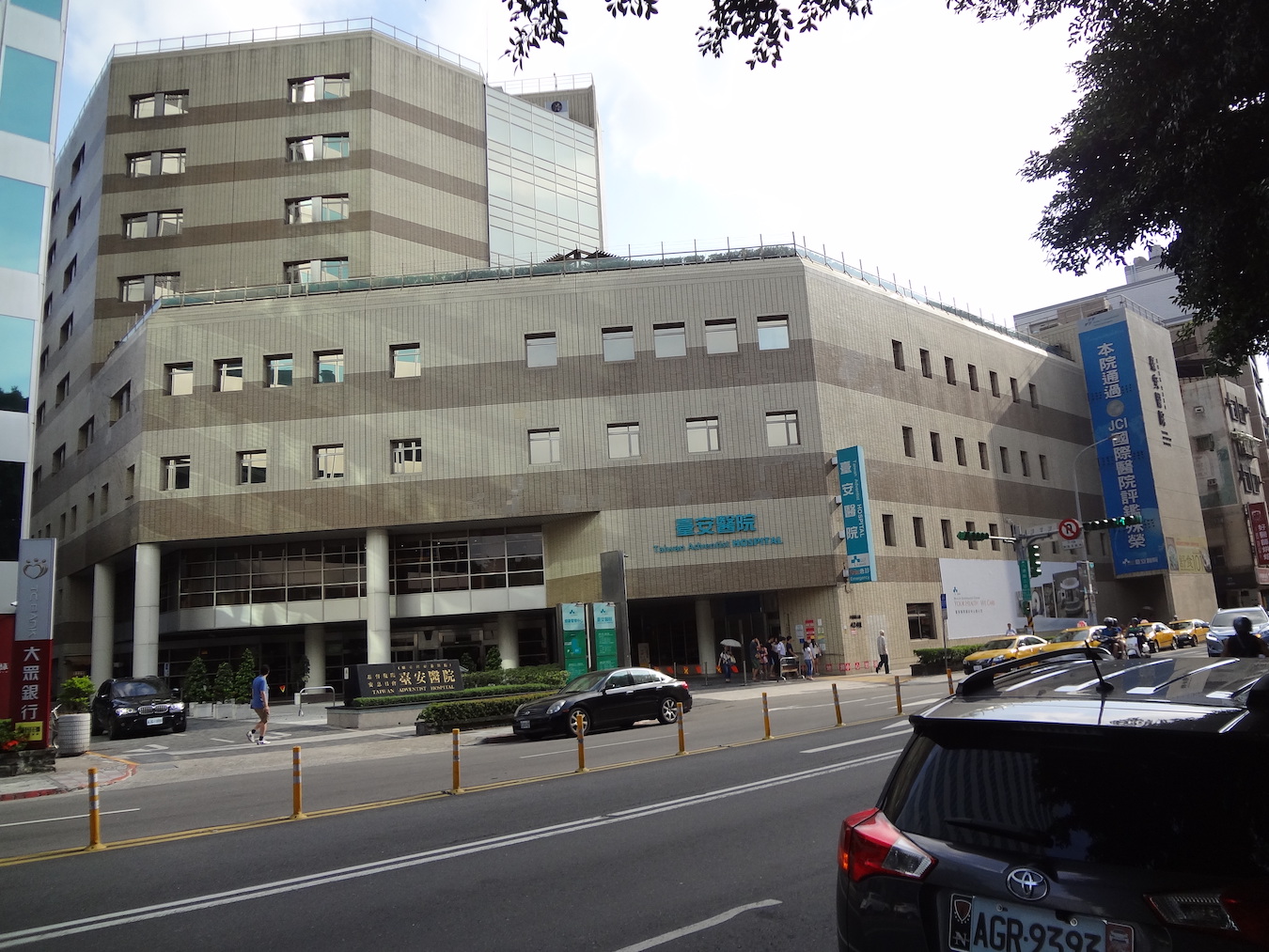by Brian Hioe
語言:
English
Photo Credit: 龍本/WikiCommons/CC BY-SA 3.0
NURSES DEMONSTRATED in front of the legislature earlier this month. In particular, this was to call attention to the failure of the government to pass laws mandating a three-shift system for nurses.
Nurses and doctors were among those who had to handle the brunt of the COVID-19 pandemic. The effects of the pandemic are thought to have contributed to the largest departure of nurses from the profession in thirty years. Indeed, in just the first six months of this year, 1,700 nurses have quit their jobs.
Taiwan has 318,254 licensed nurses, though only 185,900 are practicing nurses. According to the Ministry of Health and Welfare, it is thought that this may lead to shortages of 24,000 nurses by 2024.
But, to this extent, fewer individuals are applying to train to be nurses, with more than half of nursing departments in Taiwan reporting low application numbers. This has now reached a 14-year low.
The low number of applicants is because of broader awareness of the long working hours and low salaries that nurses face. Nurses may make between 32,000 NT and 36,000 NT as a starting salary, which is lower than security guards or individuals in the food and beverage industry make.
The declining numbers of nurses contributes to a high nurse-to-patient ratio. This is between 1:13 and 1:15. According to surveys, nurses take care of 11.55 people during day shifts, 15.55 people during shorter night shifts, and 17.88 people during longer night shifts. Some nurses at regional hospitals have reported taking care of as many as 26 patients during night shifts.
Nurse union representatives have cited that Taiwan has among the highest nurse-to-patient ratios in the world, higher than the US, Australia, UK, and Japan. A high nurse-to-patient ratio increases the odds of mortality for patients. According to research, if the number of patients being cared for increases from 4 to 5, this increases the mortality rate in 30 days by 7%. If the number of patients being cared for increases to 8, this increases the mortality rate by 31%.
 Photo credit: Solomon203/WikiCommons/CC
Photo credit: Solomon203/WikiCommons/CC
As such, nurse unions have called for three shifts to be set up for nurses. Nurse unions have also called for increases in the frequency of labor inspections.
To this extent, nurse unions have called for better pay, with health care fees formulated in accordance with the complexity of the diseases treated. Nurses have also called for being part of the process by which such fees are decided.
During the COVID-19 pandemic, nurses were issued 4,000 NT per month for COVID-related fees from February to September 2022, which was increased to 12,000 NT per month in October. Nurse unions have called for these funds to be directly transferred to the personal accounts of nurses, seeing as some have not been paid, because the hospital they work for does not distribute these funds. The fees represent 1% to 3% of the salaries of nurses.
Taiwan has won international accolades for its universal health insurance system, which has allowed for medical treatment to remain relatively cheap and affordable. At the same time, for this system to operate smoothly is often dependent on the labor of nurses and doctors. And there are already ways in which the system is insufficient, such as how nurses are understaffed in hospitals, and so family members often need to take up some of the slack in caring for patients. Moreover, the elderly are often cared for in families by migrant caregivers.
It is to be seen how Taiwan’s medical system weathers going forward then. One notes that the increasingly elderly population and declining birthrate means that there will be a large number of individuals that will need to be cared for by the medical system, but it is possible that poor working conditions may discourage individuals from entering or remaining in the nursing industry.
If this takes place, this will contribute to the already existing issues with Taiwan’s demographic time bomb. However, at present, there is not widespread discussion of how to tackle these longstanding, deeply-rooted issues in Taiwan’s medical system.

